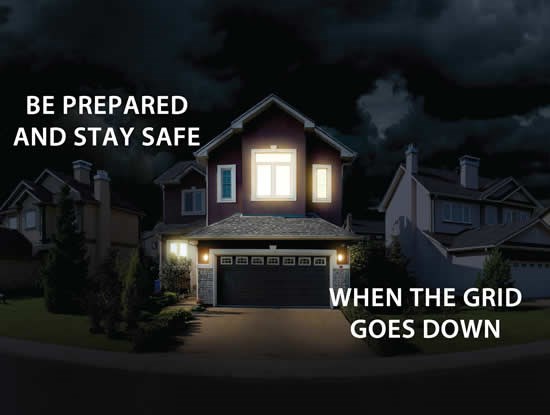
Public Safety Power Shutoffs are the New Normal
What would you do if you lost power to your home over the next 2 days? Would the food in your refrigerator still be safe to eat? Would you have the ability to communicate or know what is going on outside without Wi-Fi, charged cellphones or your TV? Can you rely on your security system or cameras to keep you safe? Would the temperature inside your home be bearable?
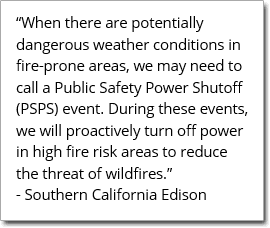
If you live in a high-risk wildfire zone then you can now expect Southern California Edison, PG&E and SDG&E to shut off your power. They call this nightmarish situation a “Public Safety Power Shutoff”, or PSPS for short.
But, why in the world would the public utilities intentionally shut off your power for days on end? The short answer is they don’t want to risk a billion dollar lawsuit if they cause a fire.
Will You Be Affected?
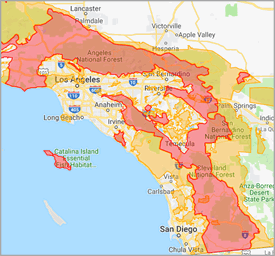
Only residents who live in the high-risk wildfire zones should be affected. View the High-Risk Wildfire Zone Map provided by the California Public Utility Commission (CPUC) to see if your home is in one of the orange or red zones.
If you live in a Tier 2 or 3 zone and the Santa Ana Winds start blowing too strong or you get a heat-wave with low humidity then the utility will shut off your power. And you may only get one or two days advance notice!
5 Essential Steps to Prepare For and Survive a Planned Blackout
Step 1 – Get PSPS Alert Texts on Your Phone
You need to make sure that your utility alerts you in advance when a Public Safety Power Shutoff (PSPS) event is going to happen.
- Southern California Edison - Sign up for PSPS alerts on SCE.com. You will be prompted to sign into your SCE account and then you can setup your preferred method of getting alerts: by text and/or email.
- Pacific Gas and Electric - Sign up for PSPS alterts on PGE.com. You can either create an online account or sign into your existing account to update your contact info and ensure you get alerts.
- San Diego Gas and Electric - Update your contact info on SDGE.com to ensure you get alerted
Your utility will try to give you 2 days notice, but they admit that “Erratic or sudden onset of conditions may impact our ability to provide advanced notice to customers.” So you can’t completely rely on being alerted ahead of time.
Here is how the alert system works:
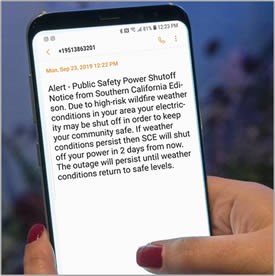
- First Notification: 2 Days Ahead - If weather conditions warrant a possible PSPS and you are going to affected then you will get an alert.
- Second Notification: 1 Day Ahead - If weather conditions persist you’ll get your second warning.
- Third Notification: Power Shutoff - The weather hasn’t changed and now your power is shut off.
- Fourth Notification: After Restoring Power - After weather conditions return to safer levels, you are alerted that your power has been turned back on.
Step 2 – Get an Alternate Source of Electricity
Since a utility planned power outage can easily last for one or more days, you’ll need to have a backup source of power if you don’t want live in the Stone Age. You can get backup power with a home battery charged by solar panels or get a generator. Your best choice is to get a home battery.
Your Best Choice: Get a Home Battery that Recharges with Solar
Unlike a generator, a home battery backup system powered by your solar panels has these advantages:
- Instantaneous and automatic backup power (no need to be home to turn it on)
- Recharges from solar panels to maintain backup power for days
- No maintenance or gas storage required
- Quiet and clean
- Federal and State incentives can pay for 50% of the cost
Identify and backup the most important appliances and devices you want to keep powered.
These typically are:
- Refrigerators
- Wi-Fi router and Internet modem
- Cell phone chargers
- TV and radio
- Lights
- Fans, portable AC or space heaters
- Medical devices (oxygen machine, CPAP, etc)
Step 3 – Build Your Outage Supply Kit
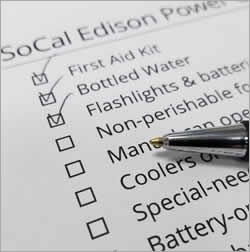
- First Aid Kit: In addition to the usual items, also include prescription medications – check the expiration dates
- Bottled Water: Experts recommend a gallon per person per day
- Flashlights & batteries: Store them where you can easily find them – even when it’s dark
- Non-perishable food: Choose items that don’t require cooking or heating
- Manual can opener
- Coolers or ice chests: Have a few to store ice in case of a lengthy outage
- Special-needs items: This includes items for infants, the elderly, or the disabled
- Battery-operated radio: To access news reports
- Fresh batteries: For all battery-powered equipment
- External rechargeable battery pack: To charge cell phones and other electronic devices
- Land-line phone: A non-cordless, land-line phone will work during a blackout
Step 4 – Create a Home Preparation Checklist
- Keep important phone numbers (fire department, paramedics, police, hospital, doctor, relatives, etc.) by the phone
- Place flashlights in handy locations, such as near the phone
- Install surge protectors to help safeguard electronic equipment
- Familiarize yourself with your home’s utility boxes (electricity, water and gas) and how to turn them off; keep the proper tools to do so handy
- Frequently back up important work and files on your computer
- Learn how to manually open your automatic garage doors or gates
- Keep the gas tank in at least one car half full at all times
- If you have a portable gas generator, identify an outdoor location where you can safely use it during a power outage - never use it indoors
- Make a safety preparedness plan for your family, including a list and location of the above items and a plan for how pets will be cared for
- Be prepared to meet the special needs of any infant, elderly, or disabled people in your household
Step 5 –Stay Safe During the Outage
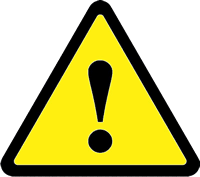
When a large-scale, long-term blackout does occur remember these tips to stay safe:
Neighborhood Security – Protect yourself and home from crime or emergencies during the blackout.
- Neighborhood watch: Talk to your neighbors and keep an eye out for suspicious activity. Call the police and stay in communication with your neighbors to protect yourselves from crime.
- Stay vigilant: Be on alert of any hazardous conditions and report them to the fire department, city or utility company as appropriate.
- Driving: Be aware that street and traffic lights will be out and plan for gas stations to not be functioning.
Electronics and Appliances – Your electronics and appliances can be vulnerable to power fluctuations.
- Unplug them and use surge protectors
Food Safety – The food in your refrigerator and freezer can only stay preserved for so long.
- Keep the door closed: Only open the fridge doors when necessary. An unopened refrigerator can keep foods cold enough for several hours. Placing blocks of ice inside will help keep food cold longer. Check food carefully for signs of spoilage.
- Draw the line at 40 degrees: Perishable foods shouldn’t get warmer than 40°F for more than two hours.
- Coolers and ice chests: Dairy products, meats, fish, poultry, eggs and leftovers can be packed into a cooler with ice. A separate cooler can be packed with frozen items.
- Canned and dry goods: Canned / dry goods and powdered or boxed milk, can be eaten cold or heated on an outside BBQ grill.
- Leave a light on: When you go to bed, leave a bedroom light switched on. It will wake you when power returns, so you can check the condition of your food.
- If you’re not home: Place a glass of water in your freezer with a penny on the frozen surface. If you suspect a power outage while you were away, check to see if the water has melted and then refrozen – you’ll know if the penny is at the bottom or frozen in the middle of the glass.
Medical Needs – If you or a family member in your house has special medical needs then plan ahead of time.
- Battery backup: A home battery is your best bet to have power for life-saving medical equipment or refrigerated medicines.
- Get on "Special needs" Lists: Contact your local fire department. They keep a list of people with special medical needs so that they can better respond to you during emergencies.
- Emergency contacts: Keep emergency phone numbers handy. This includes your doctor, police, fire and durable medical equipment company.
- Bugout plan: Figure out what you’ll need to do if you need to leave your home. Share your plan with family, friends, and others that should be aware.
Start Your Preparations Today
If you live in a PSPS zone then you face the very real possibility of having your power shut off for multiple days. It’s not so much a matter of IF, but WHEN.
Start your preparations today by assessing your needs. If you feel that you’ll need backup power for your home then contact SolarMax Technology. Call our phone number or fill out the consultation request form and ask about the LG Home Battery Backup System that’ll keep your home powered when the grid goes down.
Tags
Subscribe to SolarMax Technology's Blog
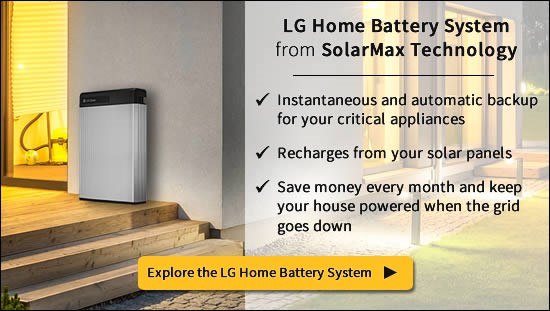




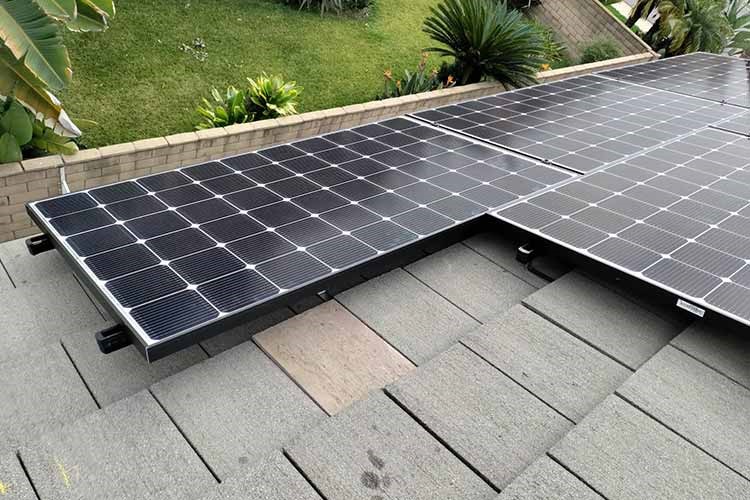
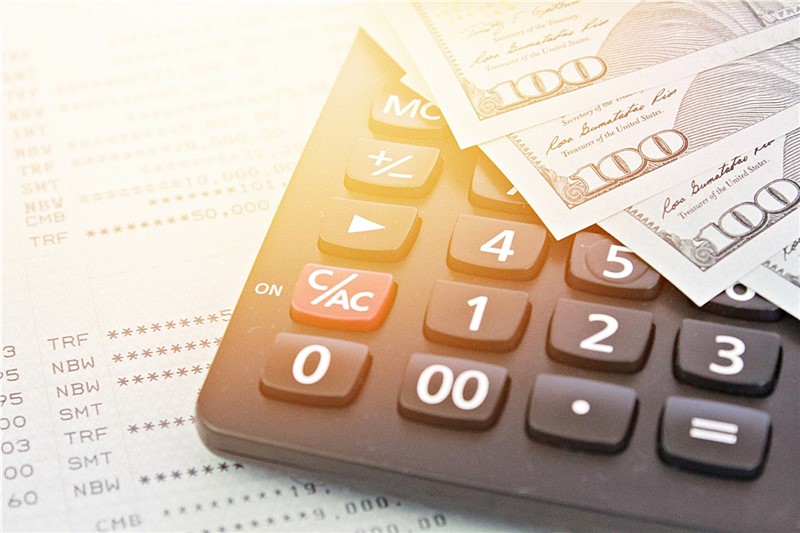
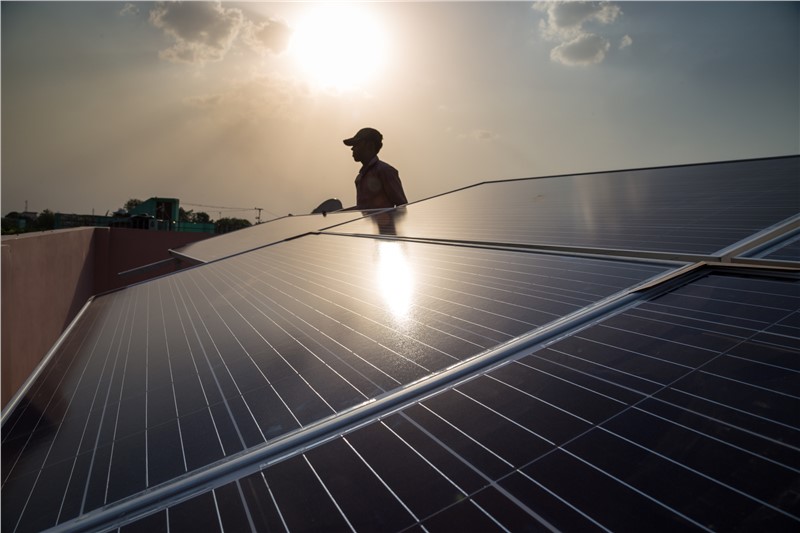

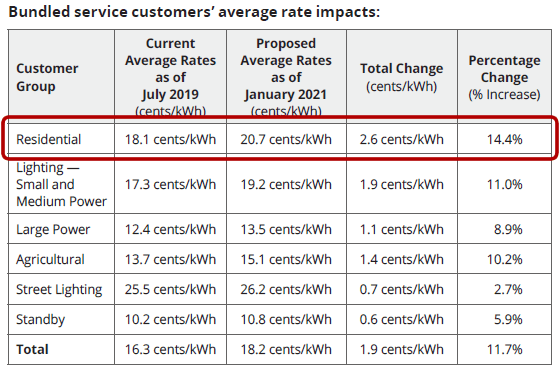
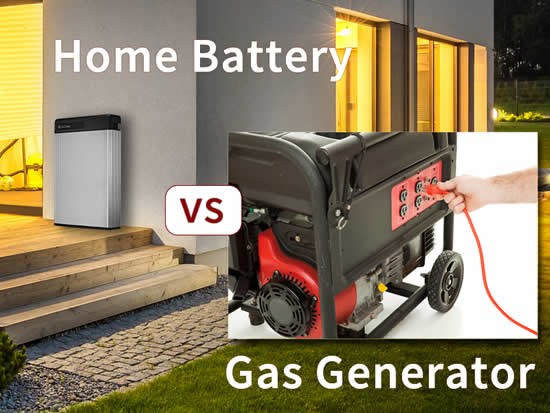

Comments